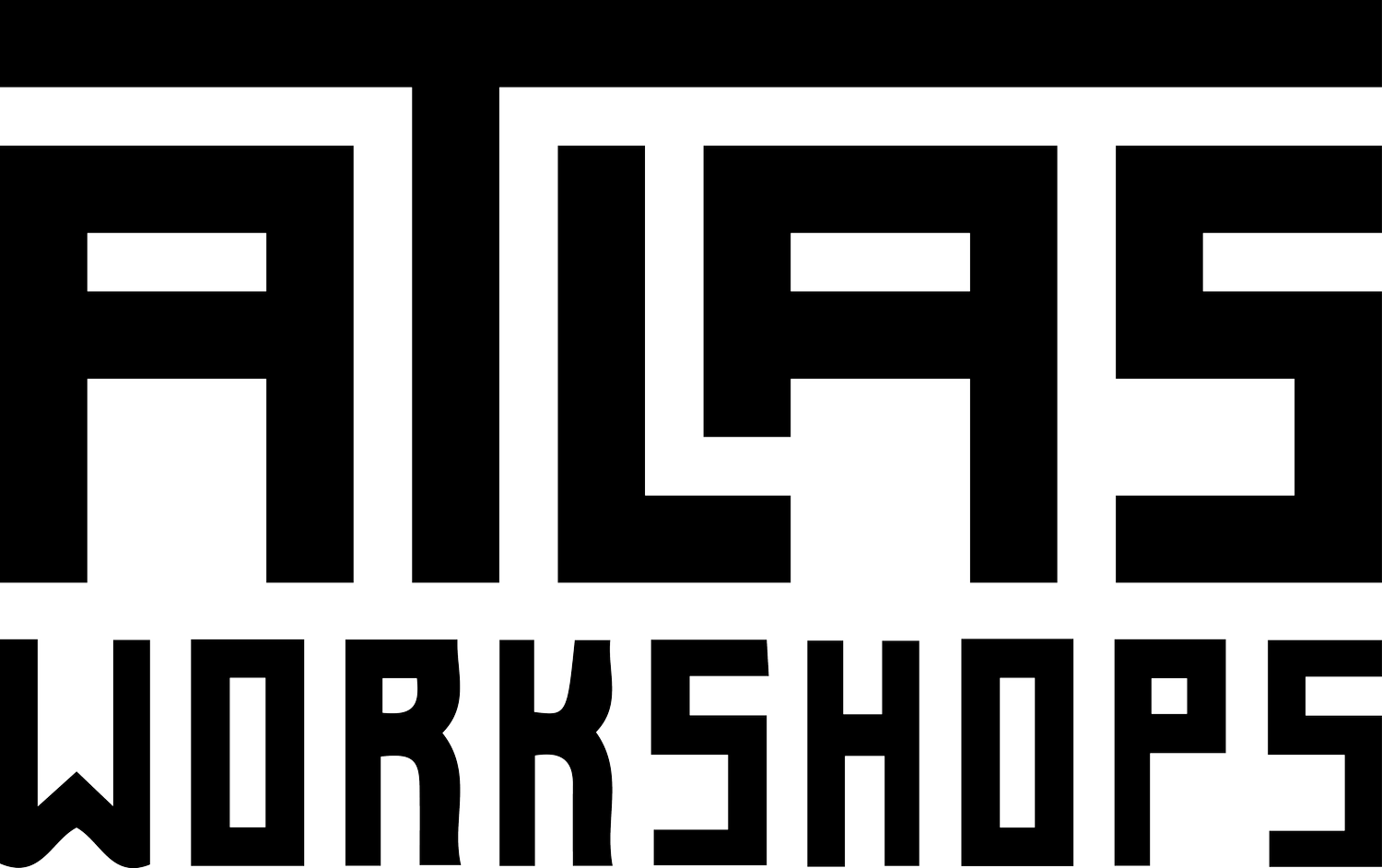Announcing Summer 2014 Workshops!
I’m not supposed to have favorites, but I do.
We have just returned from an incredible two-week workshop to South India to study education and educational reform initiatives in three states: Karnataka, Kerala, and Tamil Nadu. We traveled from bustling, entrepreneurial Bangalore to the charming old city of Fort Kochi, then up into the cloud-soaked mountains of Kerala before descending into Tamil Nadu, to the hectic bustle of the old city of Madurai. We visited schools and NGOs: we met hundreds of students, and at one school even participated in the opening ceremonies.
We were a small group:
Five students from the northeast, then myself and Adam. In our exposure to life in South India, we tried almost everything: we sampled different foods, and learned to eat with our hands; we practiced bargaining in the bazaars; we visited temples and churches and museums; we dipped our feet in the Indian Ocean and walked out into the gorgeous misty tea-fields of the south. We tried on Indian clothes, we listened to hours of Tamil film songs and caught up on the latest pop music—and at each step in our journey, we made friends.
I love traveling to India with new groups.
I forget how many things you notice when you first immerse yourself in a new culture. How often do we have the chance to step entirely outside of our comfort zone?
In Bangalore, we had the opportunity to visit a rural primary school south of the city. The Sikshana Foundation, which uses low cost interventions (teacher training, frequent support visits, community involvement) to dramatically improve performance in public schools, brought us to one of their higher performing rural schools. Our group stood in a semicircle inside one of the classrooms, as the fifth grade class stood on their chairs to sing us one of the English songs they’d learned. The song was difficult to understand—the students may not have understood all of the individual words they shared with us. Was this a ‘good’ school? The teachers were present, attentive, eager. The students were neatly dressed; some wore badges that proudly proclaimed their proficiency at a given subject. When we asked the kids what they wanted to be when they grew up, many had high hopes: we had met with a class of future engineers, presidents, and doctors—as well as teachers, principals, farmers. The transition from the tiny dirt lanes of the village, with thatch roofs and racks of silkworms, spinning in the afternoon sun to the jammed intersections and high-rises of Bangalore was shocking.
Kanakapura, Karnataka
A few days later, we saw a different type of excellence, when we visited the Choice School in Ernakulum (Kochi). This elite, high-performing private school is modeled on the best private schools in the US, and the quality of instruction shows. When we visited classrooms here, we had the opportunity to mingle. Our students found so much in common with their counterparts at the Choice School I think it surprised everyone.
Choice School, Kochi, Kerala
After our visit to the Choice School, we stopped in Munnar for two days at a yoga retreat in the mountains, before heading down into the heat and relative chaos of Tamil Nadu. We left Munnar soon after breakfast, with plenty of time to reach Madurai and check into our hotel. However, delays on the road had us reaching Madurai much later than anticipated. We decided to head directly to Vidiyal, an organization that works with children in Madurai. (Read our earlier post about Vidiyal here.)
My favorite moment of the trip was neither orchestrated nor anticipated.
We’d arrived at Vidiyal tired and cranky from a long car trip, but something incredible happened while we were there. We got to work with a group of 10 students who were the same age as our group (15-16). The Vidiyal kids had very limited English, and our first afternoon there we were short on translators. We played a number of group games, in anticipation of the collaborative teaching project we would start the following day. The games were a hit, and we were also able to lead several productive group discussions about the quality of the schools the Vidiyal kids attended.
We were meeting at the main Vidiyal drop-in center. As it got dark, the vehicle horns and traffic noise pushed in on us. It was getting late, and we had been traveling all day. Navigating a language barrier can be exhausting—so Adam and I wrapped up the formal discussions, and thanked the Vidiyal staff who had been working with us, and we got ready to head home for the day.
The second we turned away from our group, they couldn’t stop talking. It didn’t matter that the Vidiyal children’s names seemed nearly unpronounceable to us. It didn’t matter that there were no translators. Everyone forgot how tired they were, or that it was still ninety degrees though the sun had set. The kids were chatting and joking and teasing and giving each other nicknames and finding a thousand commonalities, all at once.
A trip is composed of thousands of moments, and as a leader I know I’m not supposed to choose favorites. But that single moment, under the flickering fluorescent lights on the Vidiyal roof, when these two group of kids who could not be more different, who didn’t even have a language in common, were yacking away as though there could not be anything more important in the entire world—I’ll carry that one with me for a long time yet.
– Jenny
